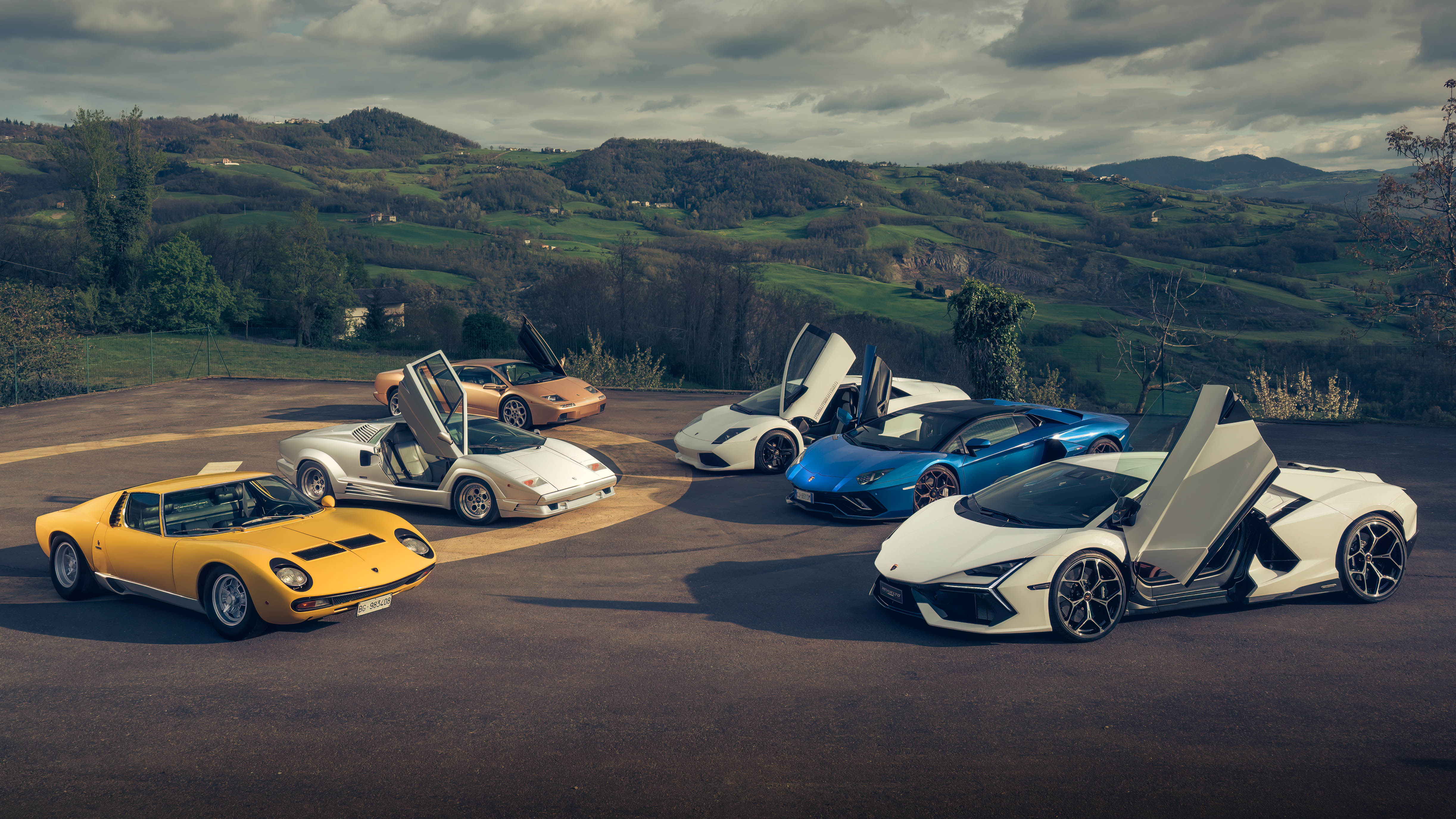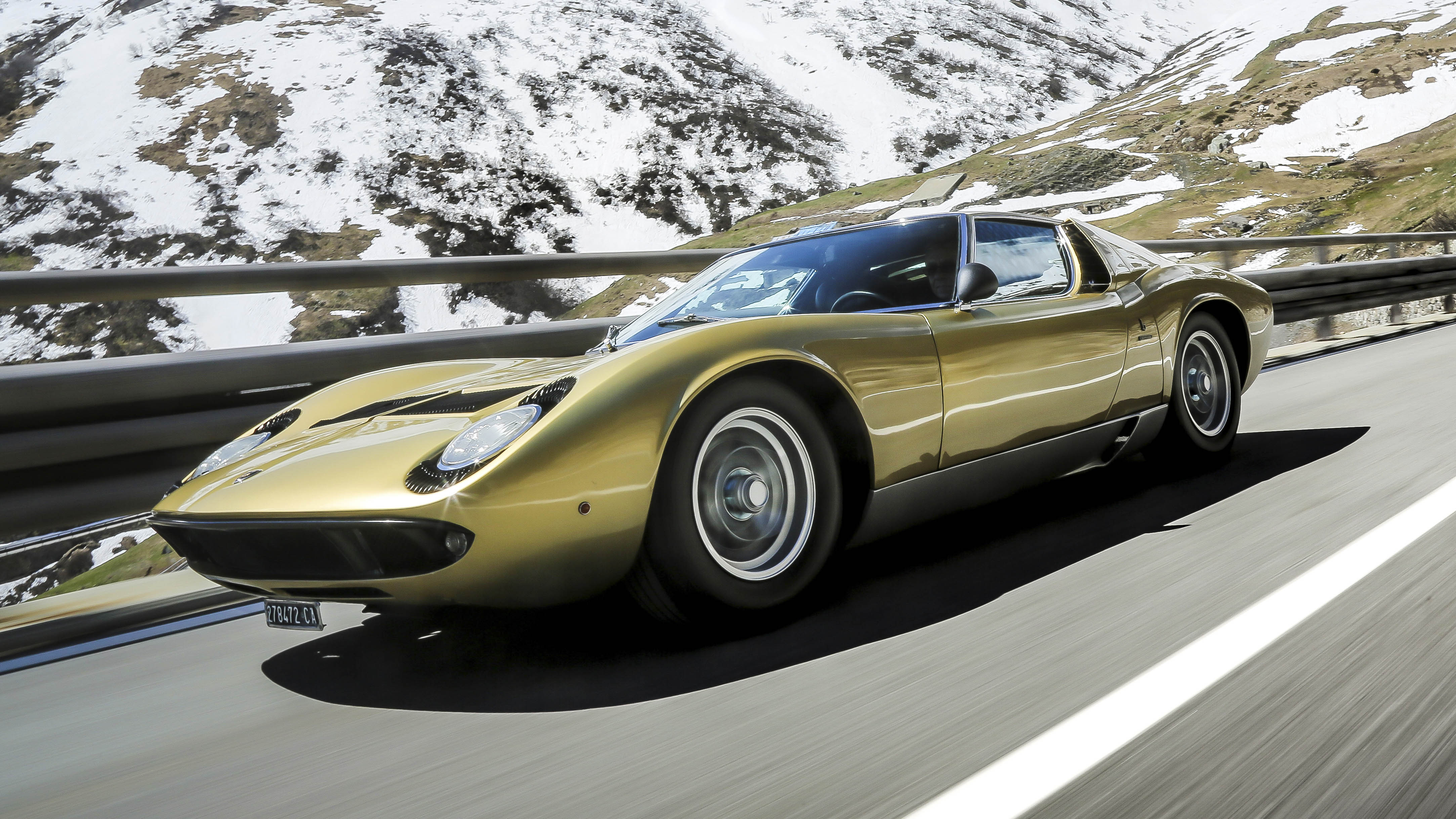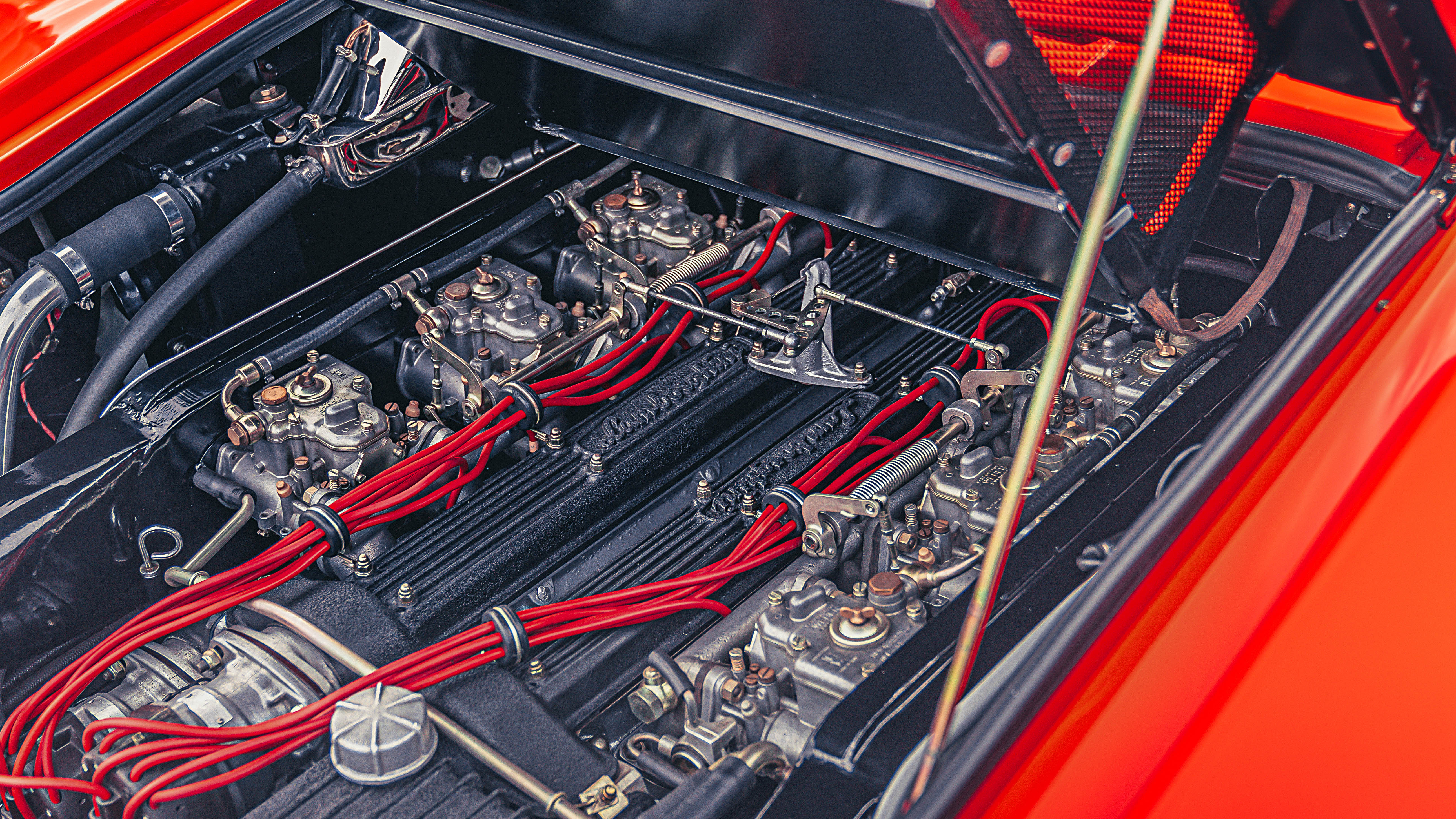
What's the process for restoring a classic car? Lambo's head of historics explains
Interested in restoring your knackered Miura? That’ll be an 18 to 24-month waiting game, says Alessandro Farmeschi
Classic car restorations are a big deal these days. Perhaps that's not surprising given that the cars themselves stand as a moving, reverberating testament to some of the greatest car designers the industry has been blessed with, and Lamborghini has had more than its fair share of them.
But what does a proper restoration process involve, and how can you expect it to play out if you were to embark on the same journey with your very own priceless classic Lambo?
“Restorations are based on very precise, structural processes,” says the head of Lamborghini Polo Storico, Alessandro Farmeschi. In other words, he looks after the in-house heritage division of the Sant’Agata Bolognese marque. So the fact that most of his daily oxygen intake is consumed around priceless old raging bulls makes us… not at all jealous.
“We do the projects together with our customers. So they arrive, we sit and we go through exactly what is necessary to bring the car back to its original condition. First, we’ll do a certification where we start to understand what it is we’ve got in front of us. Is it an authentic car or not? If it isn’t, our job immediately becomes trickier.
“The second step is a strip down, where we take the car apart and shake every component up. Before putting it back together, we explain everything that needs refreshing to the customer and then produce a price estimation that goes through all the work.”
Typically, each job takes between 18 and 24 months to complete, given that no two restorations will involve the same work. So the next time your car is away for a few weeks because of a scraped bumper, do spare a thought for this lot.
“We could be handed a more recent car that is very rusty underneath with some worn parts, which need rework. Or we could be sent a really old car with slightly better condition parts, requiring less work. It’s difficult to say a precise time; it depends on how well a car has been maintained.”
Farmeschi then went on to confirm the Miura and the Countach are the two most common cars Polo Storico is tasked with overseeing, though they do receive the odd LM002 or 350 GT from time to time.
We also took this opportunity to ask him what he felt was the most important car (or cars) in Lamborghini’s storied history, and the response won’t be a huge surprise to most.
“For me, the one that sent the strongest message was the Miura. It was the first real supercar and the one which changed the way the world perceived this category.
Top Gear
Newsletter
Thank you for subscribing to our newsletter. Look out for your regular round-up of news, reviews and offers in your inbox.
Get all the latest news, reviews and exclusives, direct to your inbox.
“The Countach is the other key car because of its design. The silhouette, the scissor doors and the large rear wing are all DNA traits which have carried over to our current fleet of cars. If you look between the Diablo, the Murcielago and now the Revuelto, you can see the commonalities.”
Speaking of the Murcielago, it shouldn’t be too long before owners start to request the help of Farmeschi and his team, since it’s been all of fourteen years since its retirement. As if we needed any more signs that we’re getting old…
Trending this week
- Car Review
BMW iX3










